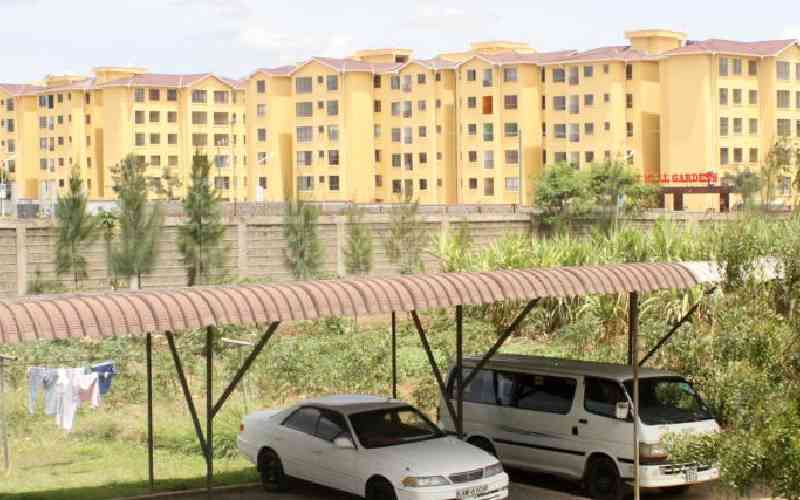Kenya’s real estate sector has borne the brunt of criticisms over the past few months. The past two years have seen an unprecedented slowdown in a sector that has previously performed rather exceptionally.
Analysts have pointed to the vacant new commercial buildings and concluded that the heydays of a thriving real estate market will soon be a thing of the past.
However, we shouldn’t be so quick to throw in the towel. Economic analysis is, to a large extent, a game of probabilities. The more parameters you put into consideration, the more reasonable and accurate your projections will be. Yet, even with the best multivariate analyses, a perfect prediction of the economic future of a country remains more of an art than an exact science.
The past year has seen many commercial buildings come up, most of them in Nairobi, but without a corresponding surge in tenancy. Some have placed a large portion of the blame for the slowdown on the lending interest rate cap. Banks have become less conservative with financing options, and this has discouraged investment. It doesn’t help that the Central Bank just reduced its benchmark lending rate by half a percentage. Others have even posited that the market is about to go burst.
However, the same period that was heavily impacted by the rate cap also happened to be the most politically charged season. Investors, especially from outside Kenyans, opted to take a wait-and-see posture.
But the 2018 Global Cities Report by Knight Frank paints a radically different picture of the future. Perhaps the problem is not that new commercial buildings are struggling to attract investors, but that we are focusing on the wrong kinds of buildings. The report projects that mixed-use developments are the future for not only Nairobi, but also other key global cities such as Berlin, Dubai and Toronto.
“Nairobi, like many regional hubs in emerging markets, has a rapidly expanding population and the city’s infrastructure struggles to keep pace. One challenge that this creates is traffic, which means a large amount of time is spent sat in the numerous tailbacks that occur in and around the city,” says Ben Woodham, the Knight Frank Kenya Managing Director.
The Pinnacle, which has broken ground in Upper Hill, is a 70-floor, 300 metres tall mixed-use development designed with the problem of traffic (among others) in mind. By bringing together both residential and commercial solutions within one roof, it solidifies an idea that has largely been experimental in most mixed-use developments already present in Kenya.
The writer, Mokase Monono, is the Operations and Project Manager, Pinnacle Towers.
 The Standard Group Plc is a
multi-media organization with investments in media platforms spanning newspaper
print operations, television, radio broadcasting, digital and online services. The
Standard Group is recognized as a leading multi-media house in Kenya with a key
influence in matters of national and international interest.
The Standard Group Plc is a
multi-media organization with investments in media platforms spanning newspaper
print operations, television, radio broadcasting, digital and online services. The
Standard Group is recognized as a leading multi-media house in Kenya with a key
influence in matters of national and international interest.
 The Standard Group Plc is a
multi-media organization with investments in media platforms spanning newspaper
print operations, television, radio broadcasting, digital and online services. The
Standard Group is recognized as a leading multi-media house in Kenya with a key
influence in matters of national and international interest.
The Standard Group Plc is a
multi-media organization with investments in media platforms spanning newspaper
print operations, television, radio broadcasting, digital and online services. The
Standard Group is recognized as a leading multi-media house in Kenya with a key
influence in matters of national and international interest.








